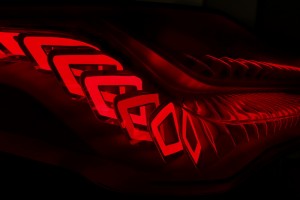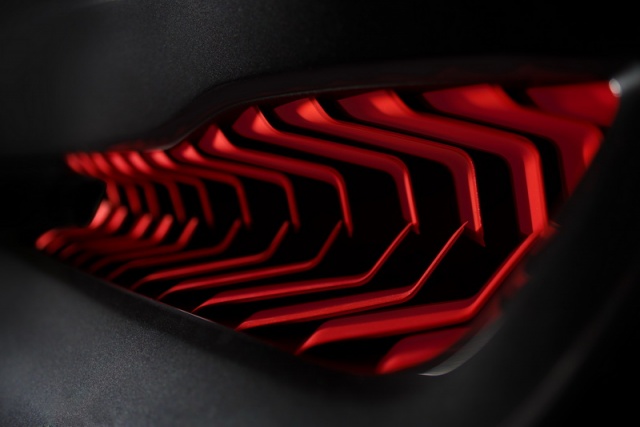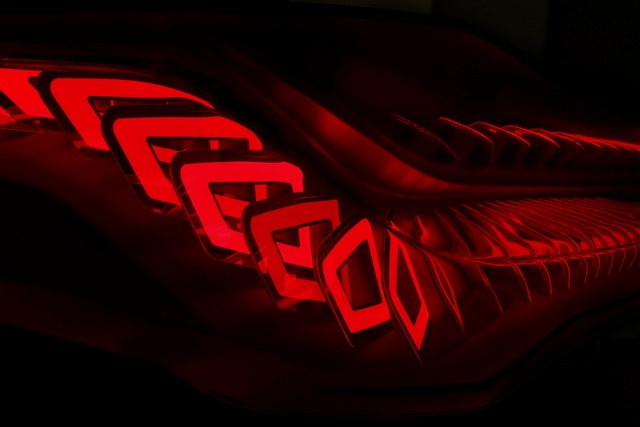What's the news?
BMW has revealed that it will use OLED technology in its rear lights within the next three years. The acronym stands for Organic Light Emitting Diode, which is a technology that is relatively new and other than for a handful of futuristic concept cars has yet to be used in series production for vehicles.
BMW plans to use the OLED technology in its rear lights to not only improve energy efficiency but also to give its cars a very unique appearance. The light units will be constructed from groups of individual OLEDs. Each component consists of a super-thin layer of a semi-conductive organic material measuring just 0.06 millimetres think - about 150 times thinner than a human hair - which is then hermetically sealed between either two slices of glass or lightweight plastic film. The completed component is still slightly less than one millimetre thick and illuminates when electricity passes through it. Interestingly, even though the components, like LEDs, should last for the life of the vehicle without the need for replacement, when it is at the end of its life cycle it can be recycled just like conventional glass thanks to its organic make-up.
As the light unit is made up from a cluster of these OLEDs, it gives designers the opportunity to get very creative with the appearance of the light, and as each OLED can be individually programmed some very complex lighting patterns can be created in order to create highly dynamic three-dimensional and fluid-like patterns.
Anything else?
Although the OLEDs do allow for some elaborate and pretty designs, they are not yet bright enough to be used for braking functions so for the immediate future they will feature in a hybrid unit that also includes conventional LEDs. Even so, the future look of some BMWs is set to get very interesting.


